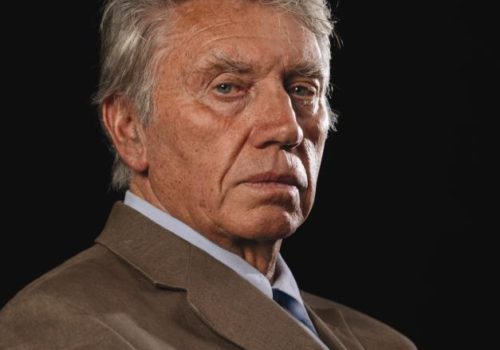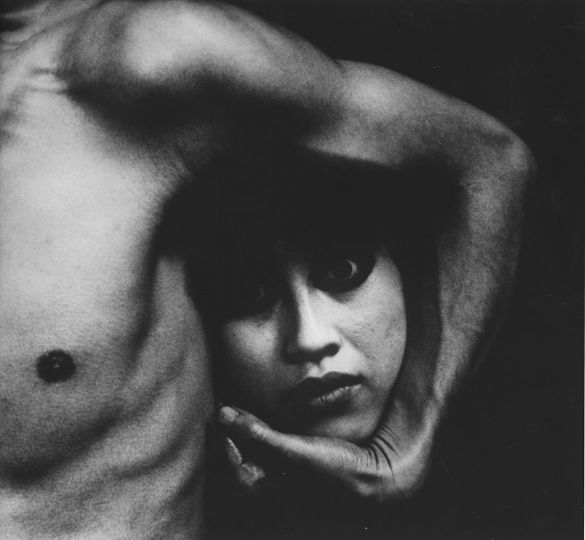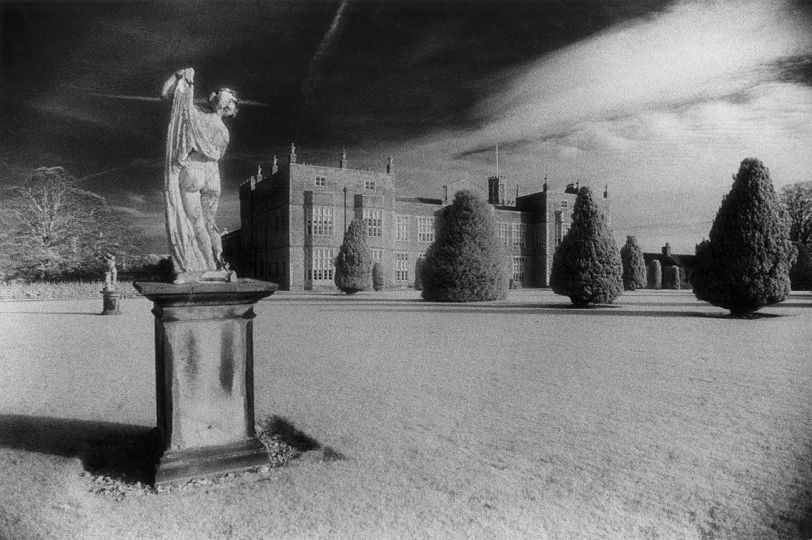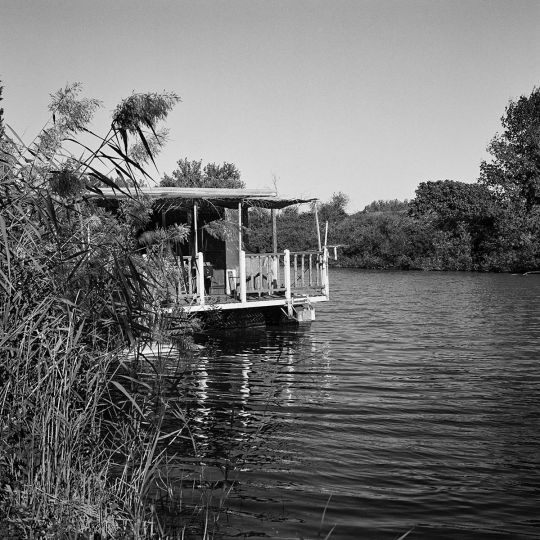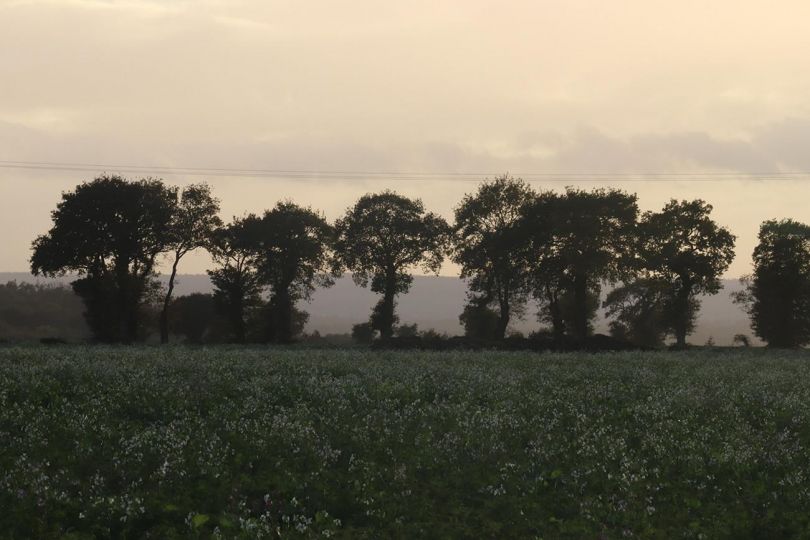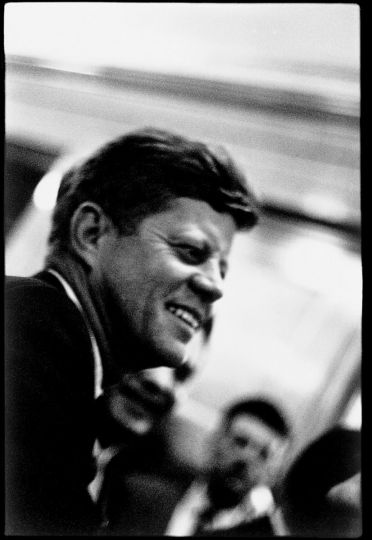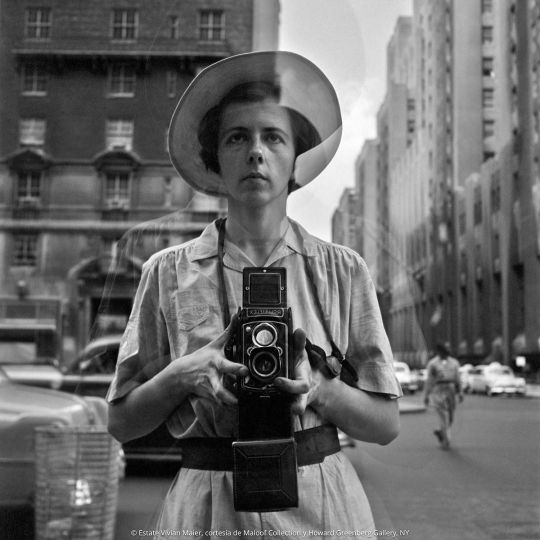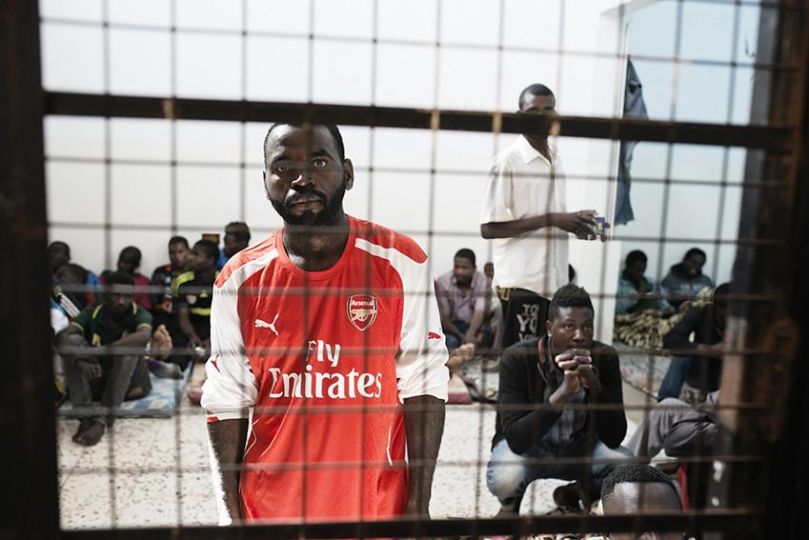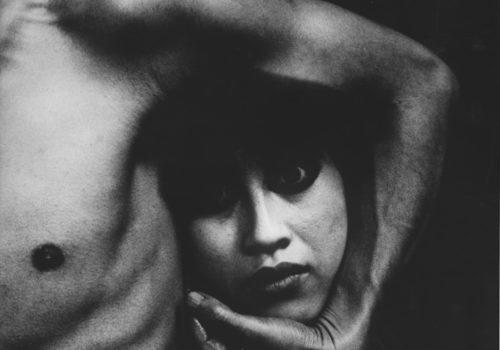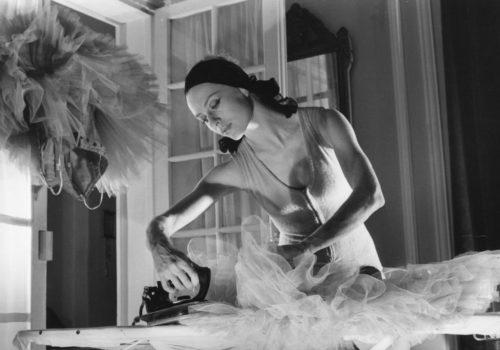Don McCullin is recognised as our greatest living war photographer – a term he actually strongly rejects. London’s Imperial War Museum’s current exhibition Shaped by War, is an extraordinary retrospective of this internationally acclaimed photographer. Featuring over 250 of his most iconic, this compelling photography exhibition (previously shown in the IWM in Manchester), is McCullin’s largest solo show ever to take place in the UK and covers the 47 years of his photographic career, of which 18 were spent in war and conflict zones.
McCullin has experienced conflict in all its forms throughout his life. Born in 1935 in North London, he was a child of the Second World War during which his family was permanently separated. After leaving school at the age of 15, gang warfare then shaped his adolescence in North London. During his National Service experience with the RAF McCullin discovered an interest in photography and returned home with a Rolleicord camera. ‘The Guv’nors,’ McCullin’s first-ever published photograph, captures a Finsbury Park gang outside a derelict house and appeared in the Observer in 1958 after one of the gang members murdered a policeman.
McCullin started working regularly for the Observer and was excited when he was asked to cover the civil war in Cyprus in 1964 for the paper. This moment marks the beginning of his long career as a war and conflict photographer, and, according to McCullin himself, was the first time he felt he had a purpose in his life; to turn the eyes and minds of people to situations outside of their experience.
In 1965 McCullin first visited Vietnam on an assignment and in 1966 he joined the Sunday Times Magazine as one of their leading photojournalists, a position he would hold for the next 18 years. The photographs produced during that period have set a new standard in photojournalism and his many award-winning assignments accorded him a recognition which allowed his career to develop rapidly. In 1968 McCullin returned to Vietnam to cover the horrific and brutal Battle of Hue, a moment which he considered a personal and professional turning point, and was the source of his most powerful photographs.
After covering the Vietnam War, McCullin’s assignments included the Belgian Congo; the troubles in Northern Ireland in the early 1970s; the Lebanese civil war; the Russian invasion of Afghanistan and the Falkland Conflict among many others. In great contrast McCullin now lives in Somerset and produces beautiful, sometimes melancholic, landscape works. These photographs seem to be shaped, amongst other things, by his need to recover from the trauma of experiencing conflict.
McCullin always relished his freedom as a photographer but the ability to work as a photojournalist in conflict without restriction have gradually disappeared and McCullin has been publicly scathing the practice of ‘embedded’ photojournalism. As a result, he has only made two brief returns to war in the past two decades, one to Iraq and one to cover the tragedy of the AIDS crisis in Africa.
Shaped by War also brings to light McCullin’s internal conflict between his criticism for his own motivations and intentions to bring the atrocities of war to the world’s attention. The sensitivity and complexity of the man is also visible in the photographs displayed – they are neither glamorising war nor are they gratuitous images but they are respectful of both the dead and the living, always displaying a great dignity toward McCullin’s subjects.
Through the display of contact sheets, magazine spread, vintage and family photographs, newspapers, McCullin’s passport and press pass and a wealth of personal material and equipment (such as one of his beloved cameras a Nikon F), this exhibition offers a real insight into the man behind the camera and the feelings his extraordinary life experience continues to evoke in him.
The exhibition is laid out chronologically and the photographs displayed, most of which were hand-printed by the photographer himself, also help the visitor to understand the many ways in which McCullin’s photography can be perceived and understood. The exhibition succeeds in putting his photojournalism in context and making clear that this breath-taking account of conflict has, above all, substantially contributed to the growth of the anti-war feeling. A video also on display in Shaped by War features an intelligent and articulate McCullin himself, speaking about his life and experiences and makes the viewer realise that although he has survived, war has left its traces – a head full of demons and a heavy burden of guilt and doubt.
Covering the ganglands of North London in the 1950s, to the bloody battlefields of the most brutal wars of the 20th century, up to the landscape photographs taken in the later years of his life, Shaped by War reveals McCullin’s remarkably sharp eye for potential conflict and an ability to read a battlefield; to get himself to the right place and to anticipate what might happen. This successful retrospective does not only offer an insight to McCullin’s uncompromising war photography and the suffering caused by conflict, but also exposes his reasons for taking these images, the exceptional range and depth of his work and the way in which he himself, his personality, his life and his work, have been shaped by war.
Anna-Maria Pfab
Shaped by War will be on display at the Imperial War Museum in London until the 15th of April 2012.

